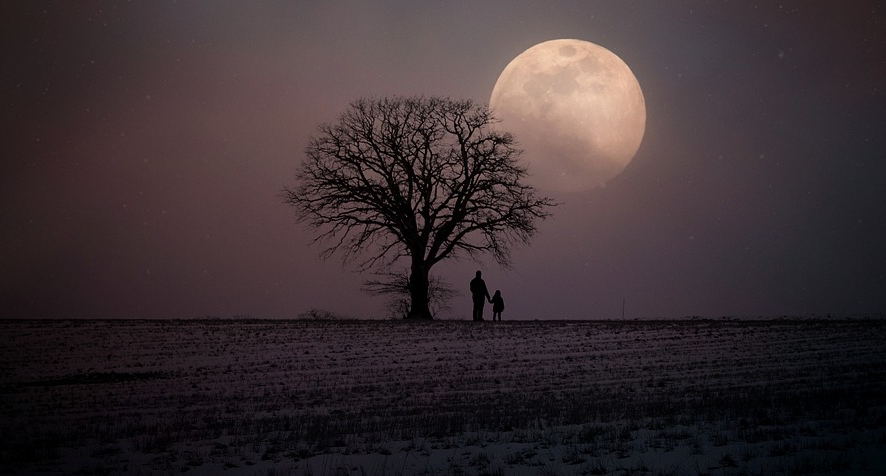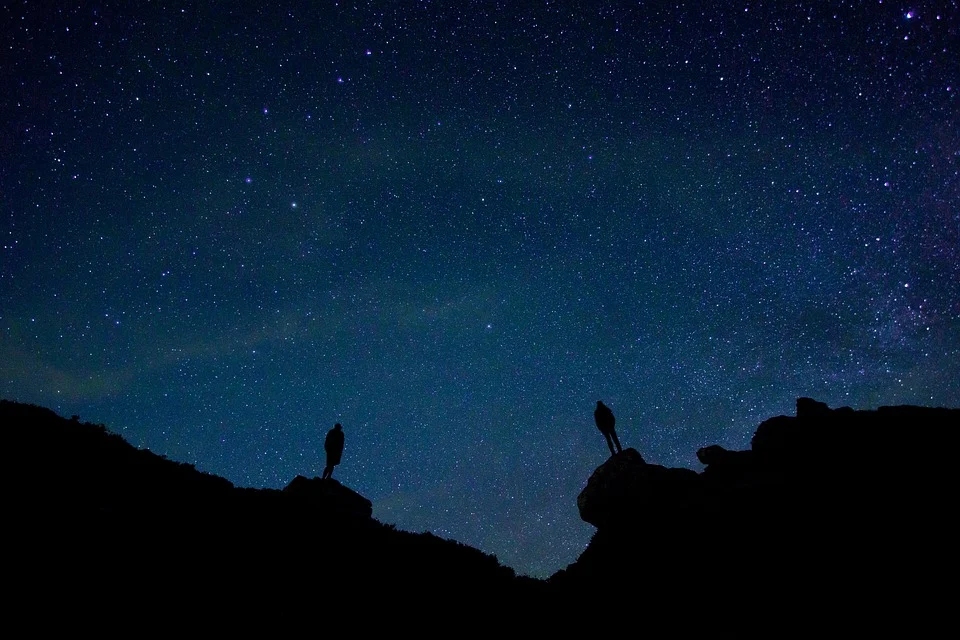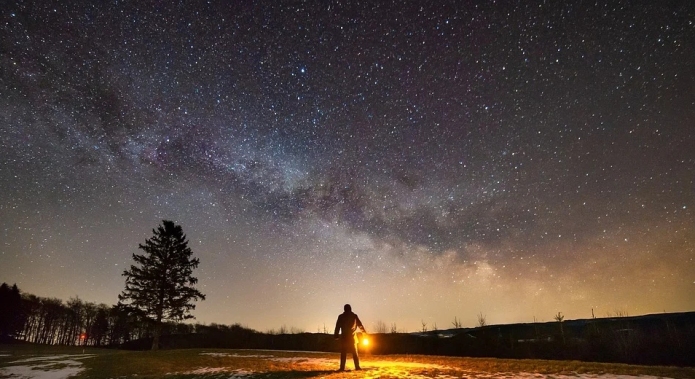Residents in the Burnham-On-Sea area are being encouraged to take part in an annual Star Count to record our view of the night sky.
Somerset’s branch of the Council for the Protection of Rural England, the countryside charity, is working with the British Astronomical Association’s Commission for Dark Skies to find indications of light pollution levels across the country.
By counting the number of stars seen in the Orion constellation, ‘citizen scientists’ will help map the best and worst places in England to enjoy a star-filled night sky. The results will indicate where the county suffers from severe light pollution as 61 per cent of last year’s participants across the country did.
The findings will also be compared with 2020’s, gathered before coronavirus restrictions were put in place, to see where lockdown has had an impact.

Light pollution means many people only experience a limited view of the night sky and it also disrupts wildlife’s natural patterns. By showing where people’s views are most affected by light pollution, CPRE can use this evidence in crucial lobbying efforts to protect and enhance the skies of Somerset, improving health, wellbeing, wildlife and the environment.
Crispin Truman, chief executive of CPRE, says: “A starry night sky is one of the most magical sights the countryside can offer, connecting us to the nature we all love and the wonders of the wider universe.”
“Dark skies are also crucial for our health and for that of wildlife. Lockdown and the coronavirus have reminded us about how good for us the countryside can be.”
“But many places suffer from light pollution, bleaching out the night sky. We want to change this. By taking part in Star Count, people will be contributing to citizen science, helping us to lobby the government for more protection of this too often overlooked, but vital, part of our countryside.”

Bob Mizon, UK coordinator of the British Astronomical Association’s Commission for Dark Skies, said: “Turning back the tide of light pollution brings darker night skies and improvements to the well-being of humans, wildlife and the environment.”
“In three decades of working with the CPRE towards these goals, we have seen increased public and Parliamentary awareness of the importance of our view of the universe above.”
“The CPRE Star Count is an important part of this work, especially in these abnormal times when we have a chance to see whether changes in our activities are having any positive effect on the atmosphere and our view of the night sky.”
Organisations across the country are supporting this year’s Star Count, including popular amateur astronomy group Go Stargazing. Set up by space enthusiast Neill Sanders, Go Stargazing is a strong advocate for protecting the night skies and supported several Dark Sky Park/Reserve accreditations from the International Dark Sky Association.
Neill adds: “There’s only one thing I like more than to look through my telescope, and that is for other people to look through it. My ambition is to encourage people’s interest in astronomy by getting them involved in the practical side — going outdoors and enjoying views of starry skies.”
“I’m extremely pleased to be once again supporting CPRE and their annual Star Count. It’s a match made in the heavens.”
Chris Lewis, CPRE Somerset chair, said: “Somerset is blessed in having some excellent dark sky areas including Exmoor National Park and parts of the Quantock Hills, Blackdown Hills, Mendip Hills and the Somerset Levels.”
“In other areas, it is harder to see the stars due to night pollution. This year we hope to get more people than ever doing Star Count from home so we can build a picture of where the problems are and what we might all be able to do to help.”
How to take part in Star Count
Here are our top tips for a brilliant Star Count evening:
- Make a note of the dates, 6-14 February 2021, and keep an eye on the weather forecasts as the week approaches. Remember: safety and health are the most important things, so stay at home for your star counting this year.
- Try to pick a clear night for your count, with no haze or clouds, then wait until after 7pm so that the sky is really dark. Turn off all the lights in your house, too, to make it easier to see the stars.
- Looking south into the night sky, find the Orion constellation, with its four corners and ‘belt’.
- Take a few moments to let your eyes adjust, then count the number of stars you can see within the rectangle formed by the four corner stars. You can count the three stars in the middle – the belt – but not the corner stars.
- Make a note of the number of stars seen with the naked eye (not with telescopes or binoculars) and then submit your count on the CPRE website below.
- Share your experiences (and any photos) with others on social media using #StarCount.
The Star Count takes place between February 6 and 14. For more information, click here.







